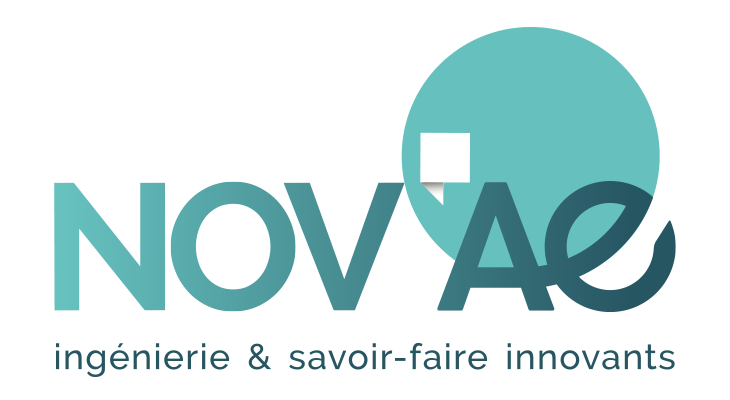Articles
Mise au point d’un automate et d’une méthode d’analyse d’images pour le suivi de cinétiques d’infection par un champignon pathogène foliaire
Publié : 1 décembre 2023
Résumé
Progresser dans notre compréhension des interactions plantes-pathogènes nécessite de pouvoir quantifier finement les caractères liés aux processus infectieux. Parmi ces caractères, le temps de latence revêt une importance particulière ; mais la latence est souvent mal déterminée, car sa mesure repose sur des observations visuelles imprécises et trop peu fréquentes. Pour pallier ces défauts, nous avons mis au point un automate permettant de suivre l’infection et la croissance des lésions par prise de photographies zénithales, en conditions contrôlées. Une chaîne d’analyse d’images codée sous ImageJ et R permet d’identifier les lésions et estimer leur croissance. Cette méthode permet de suivre individuellement chaque lésion et de quantifier trois caractères liés au potentiel infectieux : l’efficacité d’infection, la taille des lésions et le temps de latence. Cette méthode a été développée pour suivre les infections causées par un champignon biotrophe responsable de la rouille du peuplier, Melampsora larici-populina, sur un dispositif miniaturisé de boîtes à puits (suivi simultané de 1 536 échantillons). Notre méthode peut être facilement adaptée à un contexte varié de situations, y compris un suivi de croissance de champignons en boîtes de Petri.
Références
- Bock C.H., Parker P. E., Cook A.Z., et al. (2008). Visual rating and the use of image analysis for assessing different symptoms of citrus canker on grapefruit leaves. Plant Disease, 92 (4), 530-541.
- Bousset L., Palerme M., Leclerc M., et al. (2019). Automated image processing framework for analysis of the density of fruiting bodies of Leptosphaeria maculans on oilseed rape stems. Plant Pathology, 68 (9), 1749-1760.
- ConTEXT Programmers Editor (2018). ConTEXT: control and automation by simple text.
- Czedik-Eysenberg A., Seitner S., Guldener U., et al. (2018). The "PhenoBox", a flexible, automated, open-source plant phenotyping solution. New Phytologist, 219 (2), 808-823.
- digiCamControl (2018). The free tethered shooting solution.
- Divilov K., Wiesner-Hanks T., Barba P., et al. (2017). Computer vision for high-throughput quantitative phenotyping: A case study of grapevine downy mildew sporulation and leaf trichomes. Phytopathology, 107 (12), 1549-1555.
- Fabre B., Bastien C., Husson C., Marçais B., Frey P., Halkett F. (2021). Un effet papillon dans les peupleraies françaises : les répercussions d’un contournement de résistance sur les méthodes de sélection variétale. In: Lannou C., Roby D., Ravigné V., Hannachi M., Moury B., Eds. L’immunité des plantes : Pour des cultures résistantes aux maladies. Editions Quae, Versailles, 329- 339. Réf. HAL: https://hal.inrae.fr/hal-03324138/document
- Khiook I.L.K., Schneider C., Heloir M.C., et al. (2013). Image analysis methods for assessment of H2O2 production and Plasmopara viticola development in grapevine leaves: Application to the evaluation of resistance to downy mildew. Journal of Microbiological Methods, 95 (2), 235-244.
- Maupetit A., Larbat R., Pernaci M., et al. (2018). Defense compounds rather than nutrient availability shape aggressiveness trait variation along a leaf maturity gradient in a biotrophic plant pathogen. Frontiers in Plant Science, 9, 1396.
- Maupetit A., Fabre B., Pétrowski J., et al. (2021). Evolution of morphological but not aggressiveness-related traits following a major resistance breakdown in the poplar rust fungus, Melampsora larici-populina. Evolutionary Applications, 14 (2), 513-523.
- Pariaud B., Ravigne V., Halkett F., et al. (2009). Aggressiveness and its role in the adaptation of plant pathogens. Plant Pathology, 58 (3), 409-424.
- Perez G., Burte V., Baron O., (2017) Une méthode d’analyse d’image automatique pour quantifier rapidement les nombres d’œufs et les taux de parasitisme chez Trichogramma sp. Cahier des Techniques de l’INRA, numéro spécial, 135-142.
- R Core Team (2018). R: A language and environment for statistical computing. R Foundation for Statistical Computing. https://www.r-project.org/
- Rueden C., Dietz C., Horn M. et al. (2016). ImageJ Ops. https://imagej.net/libs/imagej-ops/
- Shaner G. (1980). Probits for analyzing latent period data in studies of slow rusting resistance. Phtytopathology, 70, 1179-1182.
- Schindelin J., Arganda-Carreras I., Frise E. et al. (2012). Fiji: an open source platform for biological-image analysis. Nature Methods, 9 (7), 676-682.
- Schneider C.A., Rasband W.S., Eliceiri K.W. (2012). NIH Image to ImageJ: 25 years of image analysis. Nature Methods, 9 (7), 671-675
Pièces jointes
Pas de document complémentaire pour cet articleStatistiques de l'article
 Vues: 166
Vues: 166
Téléchargements
 PDF: 45
PDF: 45

